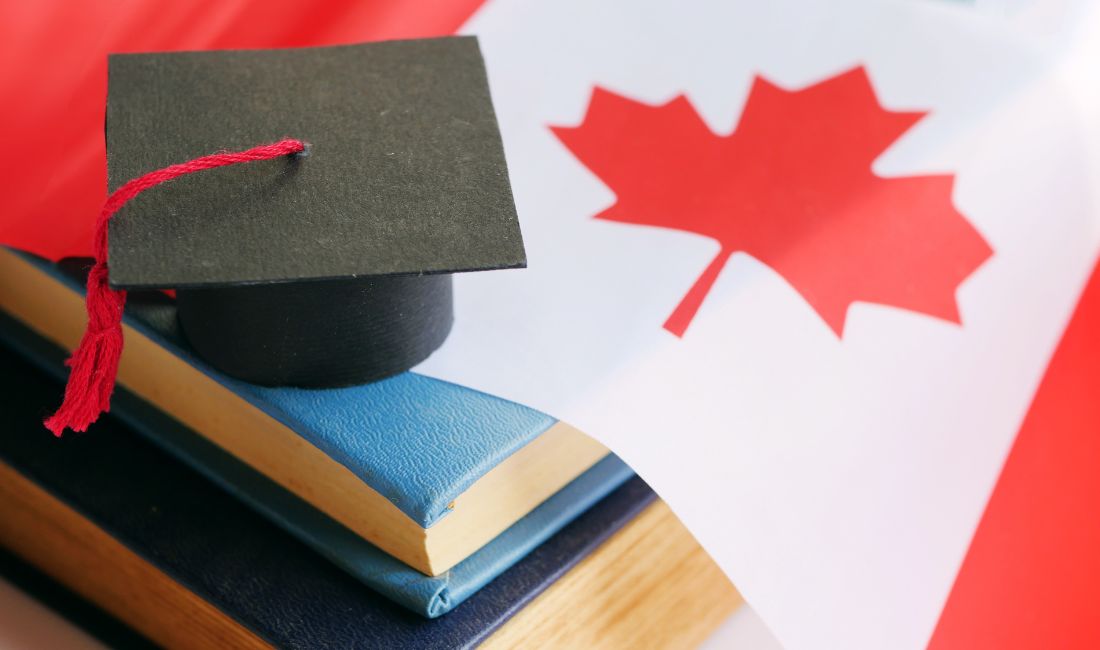As graduation day draws near for your child, signaling the end of their high school journey, a new opportunity awaits. He or she will soon be eligible for Educational Assistance Payments (EAPs) through the Registered Education Savings Plan (RESP) you've set up.
Once a child completes high school and enrolls in an eligible post-secondary program, these payments provide essential support as they embark on an exciting new chapter in their life.
What are Educational Assistance Payments (EAP)?
A Registered Education Savings Plan (RESP) consists of two components: the income distributed as Educational Assistance Payments (EAPs) and the original contributions made.
EAPs are the funds that the beneficiary can access for their post-secondary education. These payments include investment earnings and government grants and become available once the beneficiary enrolls in a post-secondary program.
When withdrawing money from a RESP, financial experts recommend withdrawing EAPs first. This is because if you don’t use the government grant money, it is taken back.
Factors that Influence EAP Eligibility
EAPs can be used for paying either a qualifying educational program or a specific training program.
Qualifying educational training programs: These are full-time post-secondary courses that last a minimum of three consecutive weeks, requiring a minimum of 10 hours per week to be allotted to assignments or courses.
Specific training programs: These are part-time post-secondary courses that last a minimum of three consecutive weeks, requiring a minimum of 12 hours a month assigned to courses.

How do EAPs Work?
To be able to receive EAPs, you must submit a proof of your child’s enrollment in a qualifying program. Both eligible training programs and specific training programs qualify for EAPs. These programs are offered by universities, colleges, CEGEPs, and trade schools.
If you are not sure whether the selected educational institution qualifies for EAPs, speak with the director of designated educational institutions.
Typically, you have the flexibility to decide the amount and timing of the payments. However, there are certain requirements and limitations on how much can be withdrawn as Educational Assistance Payments. These vary according to whether the beneficiary is enrolled as a full-time or part-time student.
For instance, the maximum withdrawal limit for a full-time student is $8,000 during the first 13 weeks of the educational program. In contrast, the maximum a student enrolled in a part-time program can withdraw during the first 13 weeks is $4,000.
EAPs are subject to taxation for the beneficiary. However, as students often have minimal additional income, they generally incur little or no tax.
How do I Withdraw from a Registered Educational Savings Plan (RESP)?
Withdrawing from a RESP is not complicated. Here’s what you need to do:
Step 1 – Contact your financial institution
Get in touch with your RESP promoter to initiate the withdrawal process.
Step 2 – Submit proof of enrollment
Provide proof of your child’s enrollment in a qualifying post-secondary educational program.
Step 3 – Complete the withdrawal form
Complete and submit the required withdrawal form indicating the amount you wish to withdraw.
What if the EAPs fall short?
If the educational expenses exceed the maximum limit set for the initial 13 weeks of enrollment, you have the following options:
- Your child can wait till 13 weeks pass
- You can choose to take out a portion of the original principal contributions and give it to your child. Generally, as long as the beneficiary is enrolled in a recognized post-secondary institution at the time of withdrawal, you aren't required to repay any of the beneficiary’s Canada Education Savings Grant (CESG) or other government incentives.
- If the post-secondary tuition costs for the beneficiary are significantly above average, you might be eligible to request an increase in the EAP limit. Such increases are considered on a case-by-case basis.

Are EAPs Subject to any Restrictions?
EAPs may be subject to restrictions depending on the type of post-secondary program selected by the beneficiary.
For full-time training programs, the maximum amount that can be withdrawn during the first 13 weeks is $8,000. After this 13-week period, there’s no limit on how much you you can withdraw
For part-time programs, EAP funds can be withdrawn in increments of $4,000 every 13 weeks of enrollment. This means you can withdraw a portion of your EAP funds at the end of each 13-week period, not just at the very end of the program.
Are There Any Risks Associated with Withdrawing Contributions From RESP Payments?
Withdrawing contributions from a Registered Education Savings Plan (RESP) can pose risks, especially if done when the beneficiary is not eligible for an Educational Assistance Payment (EAP).
This action may require the repayment of government grants, such as the Canada Education Savings Grant (CESG), to the government.
The requirement to repay depends on specific circumstances and the timing of the withdrawal. Essentially, if you withdraw contributions when the student is not actively enrolled in a qualifying program, you might need to return some of the government incentives received.
Here are some of the key points about withdrawing RESP contributions:
- Tax-free withdrawal of contributions: You are allowed to withdraw your own contributions to an RESP without paying taxes. However, it's important to be aware of the implications related to government grants tied to the plan.
- Repayment of grants: Withdrawing contributions when the beneficiary is ineligible for an EAP might require you to repay a portion of the CESG or other provincial grants obtained.
- Impact on future grants: Withdrawing contributions might influence your eligibility for future CESG payments, depending on your province’s regulations.
- Consult a Financial Advisor: Consulting a financial advisor before withdrawing any funds from an RESP may help you better understand the potential consequences, ensuring you are making the most informed decision for your situation.
Who owns the Educational Assistance Payments?
For as long as your child is enrolled in a qualifying post-secondary education program, the EAPs are assigned to them. The amounts received as EAP are considered part of their income and must be reported on their annual tax return.
Conclusion
Educational Assistance payments let you take advantage of government grants and the investment income gathered in your RESP. It helps fund your child’s post-secondary education, paving the way for a successful future.

FAQs
What can Educational Assistance Payments Be Used For?
Once your child begins post-secondary education, he or she can initiate RESP withdrawals and use the money to cover various education-related costs. Eligible expenses include school supplies, tuition fees, living expenses, and transportation costs.
It is important to remember that Educational Assistance Payments are intended exclusively for financing the beneficiary's post-secondary education.
Should withdrawals be used for other expenses, then that money will be classified as accumulated income payments (AIPs) and will be subject to taxation accordingly.
Are Educational Assistance Payments Taxed?
Yes, EAPs are taxable to the beneficiary. However, as students don’t have any or much income, they usually don’t end up paying anything to the Canada Revenue Agency.
How do I Withdraw from an EAP?
Submit a withdrawal application with your EAP provider along with a proof of your child’s enrollment in a qualifying program.
.avif)



.avif)

%20(1)%20(1).png)
-p-500.png)
.avif)


